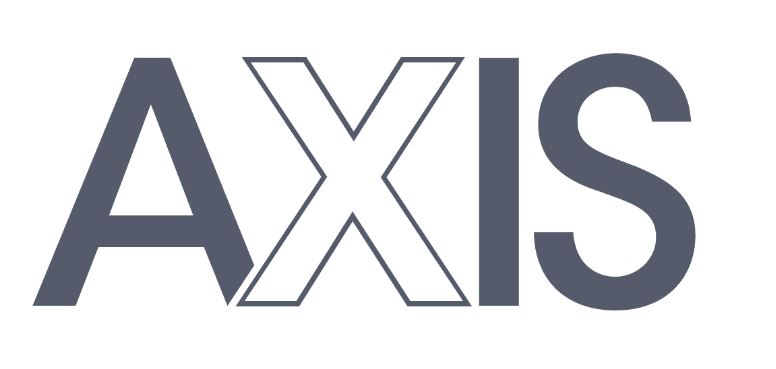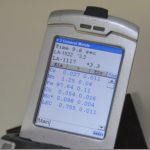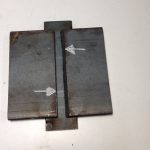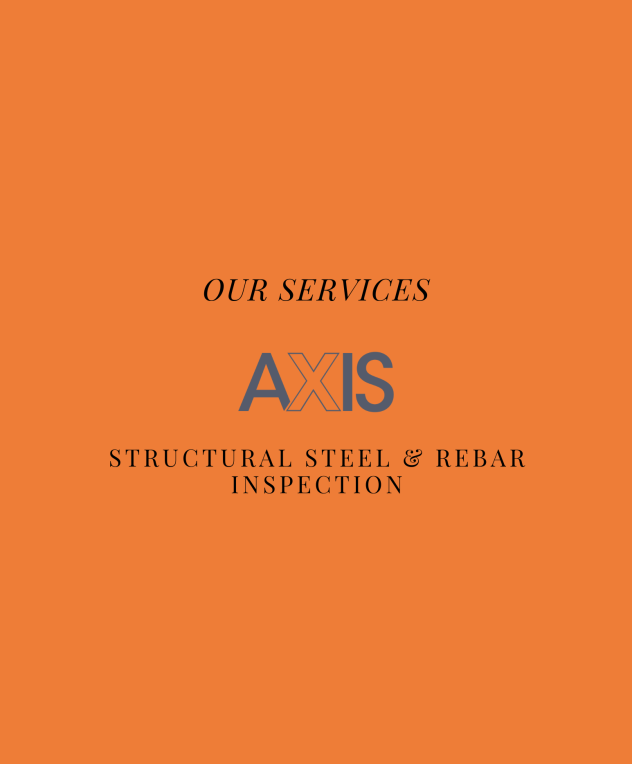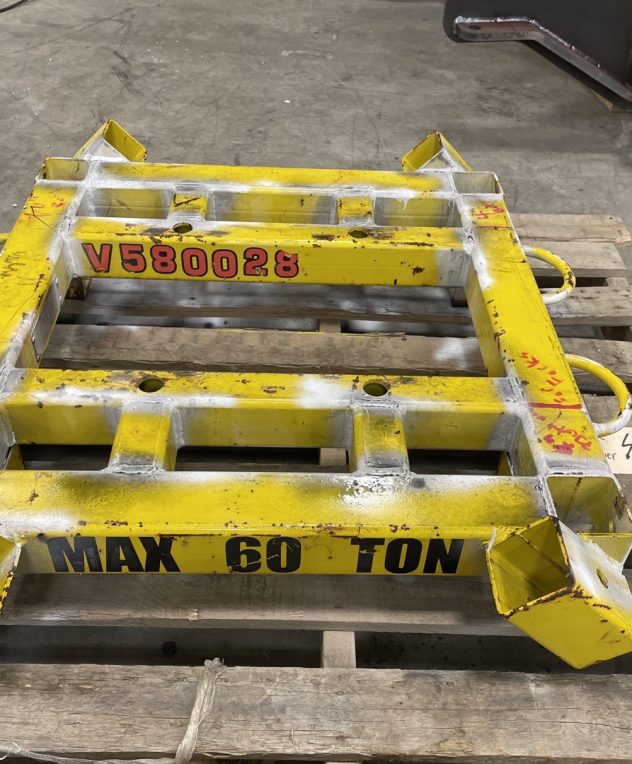
How to become an inspector
We, inspectors, are often asked how to become one. The answer is complicated, and there are several career paths available.
Options range from hands-on, self-directed learning to a three-year college program.
Several colleges in Canada offer different programs, including non-destructive testing and inspection. Upon completion of the program, graduates will have all the theory required for magnetic particle testing, liquid penetration testing, ultrasonic testing, radiography, and the visual welding inspector course. This offers an individual a great starting place to get into the industry, but they are still required to obtain their practical hours and complete the required certification exams. Colleges that offer the training programs include Northern Alberta Institute of Technology (NAIT), Southern Alberta Institute of Technology (SAIT), Mohawk College, Durham College, and College of the North Atlantic. Each college program is of a different length and offers various options regarding outcomes.
Self-directed learning may be a better option for those who do not want to return to school and are already familiar with inspection and testing. Individuals typically choose one inspection method if this is the avenue of choice. The simplest inspection method to get started with is the CSA W178.2 Welding Inspector certification. There are options for in-class training or online training. The program is designed in several modules and can be completed over 90 days. Once the individual is ready, they will apply with the CWB Group to complete the examinations. There are five:
- A multiple-choice exam.
- Two code exams (one will be CSA W178.2 and the other is one of a selection.
- Evaluation of 5 samples
- Written report.
Once this is completed, the individual is a Level 1 Welding Inspector and can work under the supervision of a Level 2 or 3 Welding inspector. Becoming a Non-Destructive Technician is similar. The courses are offered through a few locations across Canada, but I believe they offer the best training.
The courses can be done in a hybrid style: online for theory, in person for the practical portion, or in person for the entire course. Before selecting any NDT method, the individual must complete math and Engineering Materials and Process components.
Once the prerequisites are completed, the method can be selected. The primary non-destructive testing methods include magnetic particle testing, liquid penetrant testing, ultrasonic testing, radiographic examination, and eddy current.
After completing the course, the student is considered a Trainee. The trainee can work under the direct supervision of a certified technician for the required hours, which vary depending on the Method. Once the individual has received their required hours, an application is sent to the governing body, NRCAN, for acceptance to complete the necessary examinations.
The exam process includes:
- Written components.
- A multiple-choice exam for Engineering Materials and Processes for the specific Method.
- A practical component will vary for each Method.
- A written procedure.
After completing the examination process, the individual is a Certified Non-Destructive Technician.
Several additional qualifications and certifications are available for inspectors to pursue. These are typically done after becoming an NDT technician or welding inspector.
These qualifications include:
- API 510
- National Board Inspector
- and many others.
